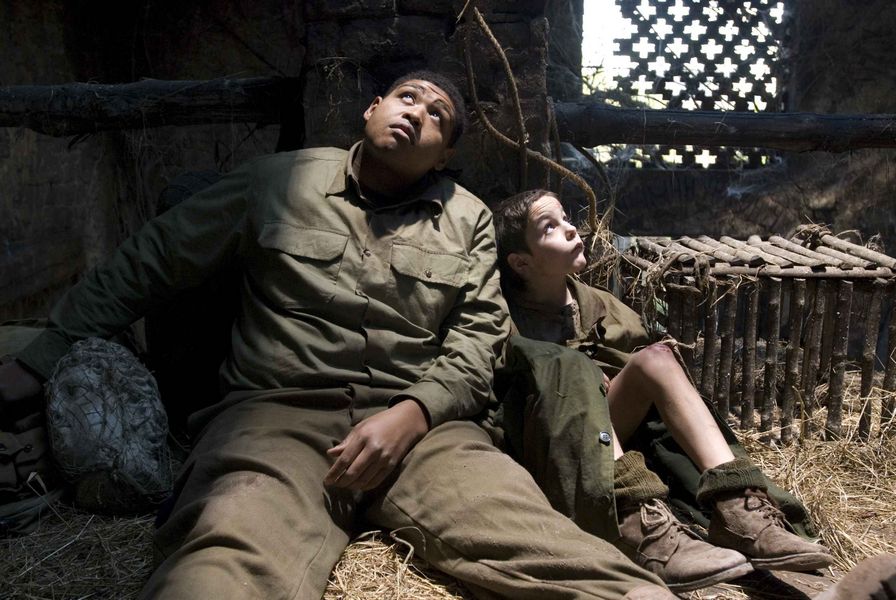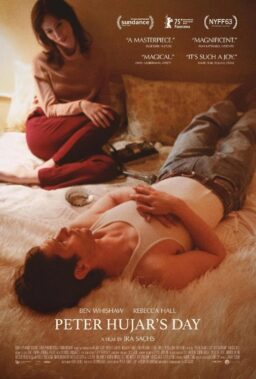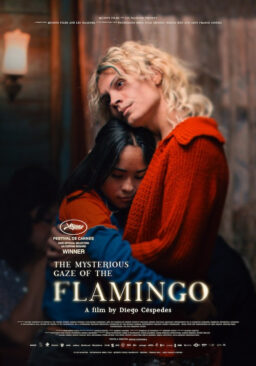TORONTO, Ont.–When he was a kid in Brooklyn, Spike Lee said, he and his brothers loved war movies: “Three little boys, so it was fun to see the Germans get shot and blown up and stuff like that. But even as a kid, I knew that black people were involved in the war because my father’s two older brothers were in World War II.”
Later, as an adult, he found out more about America’s black GIs. “I think it takes even more of a patriot to fight when you’re still being lynched in the Jim Crow south. These black men weren’t enlisted, they signed up. You want to fight for the red, white and blue, and most of the black troops were trained in the south. You’re being trained to kill Nazis. On the same base where you’re being trained, you see Nazi POWs who are getting better housing, better food and better health care. Wow, how’d that make you feel?”
Those are some of the points he makes in his new film “Miracle at St. Anna,” focusing on four GIs behind enemy lines in Italy. It premiered here at the Toronto film festival. It’s not just about those points, of course; in almost all of his films, Lee focuses equally on whites, and this one even has a moral Nazi. But after meeting with several of the surviving black veterans, Spike felt their feelings:
“They still have this bitterness. They still think about how they treated, and thank God for Eleanor Roosevelt, because if it wasn’t for her prodding FDR, black soldiers would never have been allowed to fight in World War Two. That was her kicking FDR’s ass every night in the White House saying, ‘you have to let these Negro soldiers fight!’ That was Eleanor Roosevelt.”
The film is based on a novel by James McBride. “He had an uncle that when he used to get drunk, he’d started talking’ all this crazy tales about, ‘We were treated like kings in Italy.’ So when he was looking for an idea for his second book, he thought about this crazy uncle he had who fought in World War II and that’s how he started doing research on the 92nd Division, the Buffalo Soldiers.”
Two of the soldiers argue about race and the war.
“For me,” Lee said, “Derek Luke’s character in the film thinks like Dr. King. Michael Ealy’s character is more like Malcolm X. You’re always gonna have those two philosophies that clash.” Luke says he’s fighting for his children and grandchildren. Ealy is much angrier.
Two other performances create the most touching relationship in the film, between a towering GI and a small Italian boy whose life he saves. The GI is played by Omar Benson Miller, who also stars in the forthcoming “The Express,” as the best friend of Ernie Davis, the first black Heisman Trophy winner. Lee said he thought of casting a basketball player or a football player, “but then I said, this role’s too important to do that. So my great casting director, Kim Coleman, said I should think about Omar. I’d seen Omar in ‘8 Mile.’ I hadn’t seen the film in awhile but I remembered he was bigger than everybody else in the film. His audition was wonderful. I said, ‘You got the role, man, but here’s the date and if you can’t lose 60 pounds by this date, we’re going’ to Italy without your ass.’ And thank God, he wanted the role.”
And the boy is played by Matteo Sciabordi, one of a thousand kids who turned up for Lee’s Italian auditions. Lee’s casting people selected 100, and when he saw Matteo on tape, he had a feeling he’d get the role: “I think his performance is just as good as the kid in ‘The Bicycle Thief.’”
The film was shot in location in Italy, showing the soldiers surviving a bloody battle when they are wading across a river and are attacked by both sides. First, by Nazis concealed on the other bank.
Then by American artillery after they radio the Nazis’ position and the racist officer in charge ignores the coordinates because he can’t bring himself to believe that African-Americans could possibly have advanced that far, that fast. The battle is based on history.
“It was great to shoot in the actual locations where these events took place,” he said. “The opening, the battle, the Serchio River, that took place. And it was very spooky to shoot this thing in the village of Sant’Anna di Stazzema. We shot at the actual location where that massacre took place on August 12, 1944. There were 560 innocent Italian men and women, elderly men and women, children, slaughtered by the 16th Division of the SS and I’ve never, ever felt, I’ve never, ever shot a scene like that before where you could feel the spirit and the ghosts of those murdered people there.
“Everybody felt it, and it was hard to do. The hardest shot in the film, we had to bayonet a baby. That was rough. The Italian stuntman who played that Nazi, his name is Georgio, he’s Italian, he’s one of the lead stuntman. That whole day, all the Italian extras, they hated him. They were spitting at him and he was like, ‘I’m just an actor!’”
* * *
Read Roger Ebert’s interview with Spike Lee at Toronto 2008 here.












